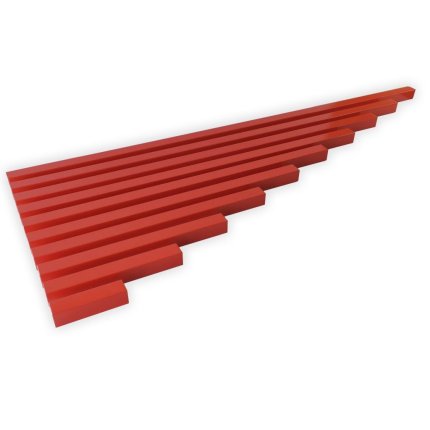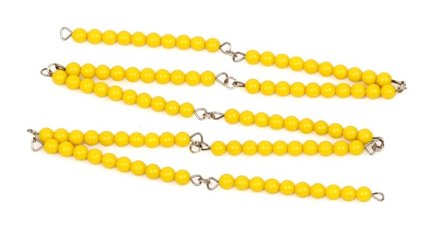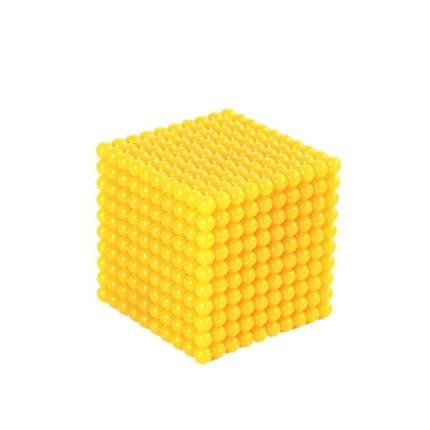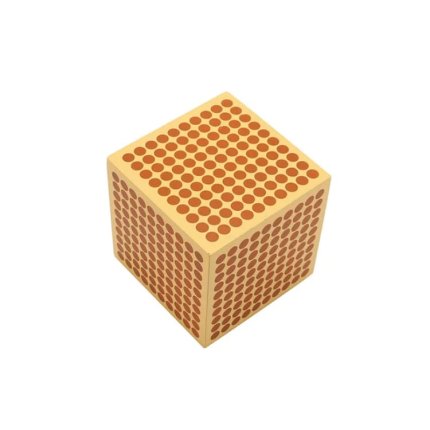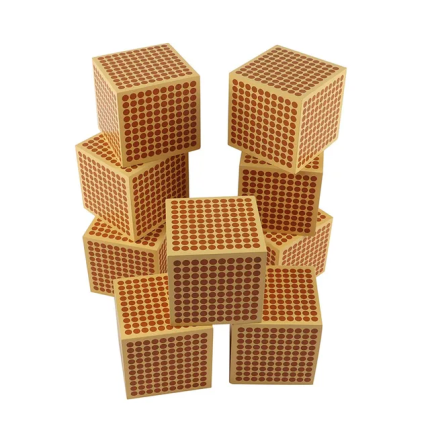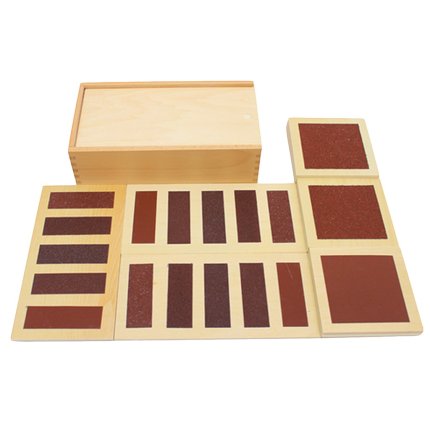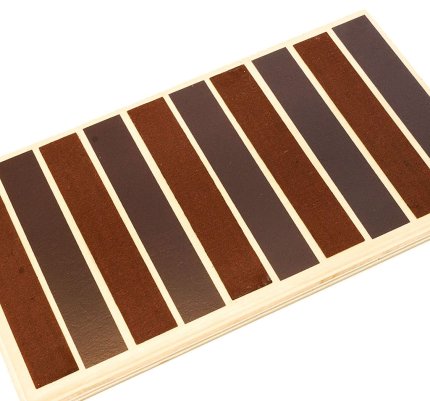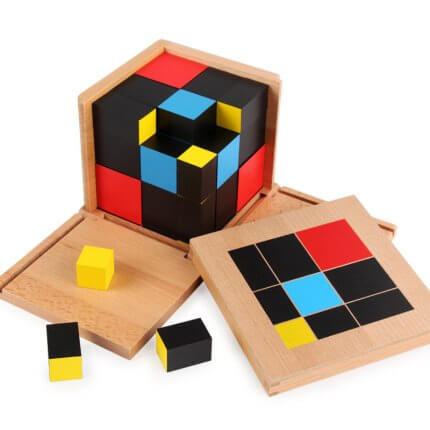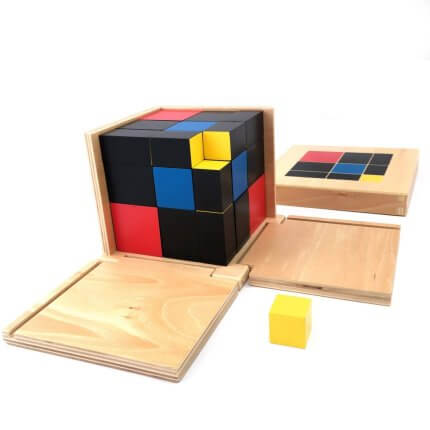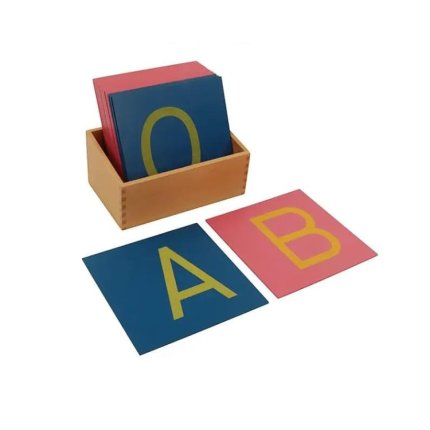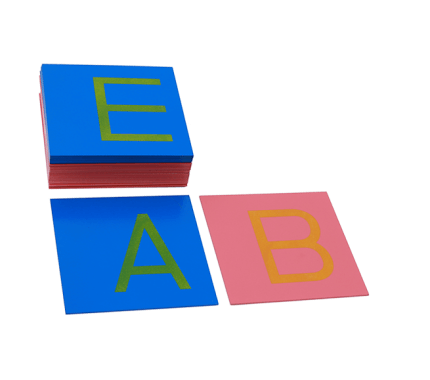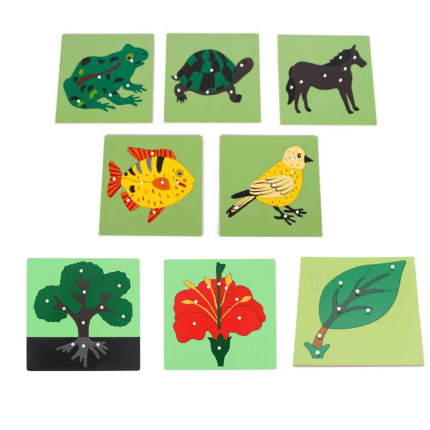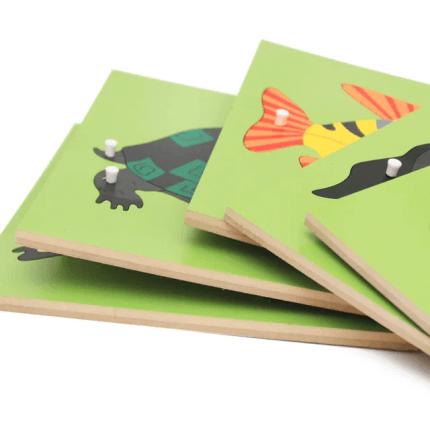The Red rods
The Montessori Red Rods are a classic sensorial material in the Montessori curriculum, designed to help children develop visual discrimination of size, understand mathematical concepts such as length and sequence, and refine their fine motor skills. Each set consists of ten rods that increase in length from 10 centimeters to 100 centimeters, all uniformly painted in red to visually emphasize length without the distraction of varying colors. Through activities like ordering the rods from shortest to longest, children learn to assess dimensions and appreciate incremental differences, laying a foundation for more complex mathematical understanding.
Age 3:6
Thousand golden beads chain
Thousand golden cube
Thousand wooden cube
Touch boards and tablets.
the touch boards and tablets are essential tools in sensorial education, designed to refine a child's tactile senses. These materials consist of wooden tablets with varying textures, from smooth to rough, allowing children to pair and grade by touch and sight. The touch boards, often made of wood or other sturdy materials, feature different textures for children to explore, enhancing their fine motor skills, hand-eye coordination, and sensory perception. These Montessori tools are not just educational but also engage children in an interactive learning experience, fostering cognitive development and critical thinking skills.
Age 3:6
trinomial cube
Upper case sandpaper letters
Montessori sandpaper letters are a staple in early childhood education, offering a tactile and interactive method for children to learn letter shapes and sounds. These tools are designed to enhance sensory learning, allowing children to trace each letter with their fingers, thereby linking the physical sensation of the letter's shape with its sound. Typically, a set includes both uppercase and lowercase letters, aiding in the recognition and formation of each letter.
Age 3:6
Zoology Jigsaw puzzle
zoology puzzles are a delightful way to introduce children to the fascinating world of animals and their anatomy. These puzzles, often vibrant and inviting, not only enhance visual perception but also develop fine motor skills and hand-eye coordination. They serve as an interactive method to teach children about different animal classes, such as amphibians, birds, fish, reptiles, and mammals, aligning with the Montessori philosophy of tactile and self-directed learning.
plant puzzle is a wonderful educational tool that introduces children to the fascinating world of botany. These puzzles are designed to teach the parts of a plant in an interactive and engaging way. They often come in various forms, such as wooden jigsaw puzzles .
Through the use of these puzzles, children can learn about the life cycle of plants, the anatomy of a leaf, or the structure of a flower, fostering a deeper understanding and appreciation for the natural world around them.
Age 3:6

